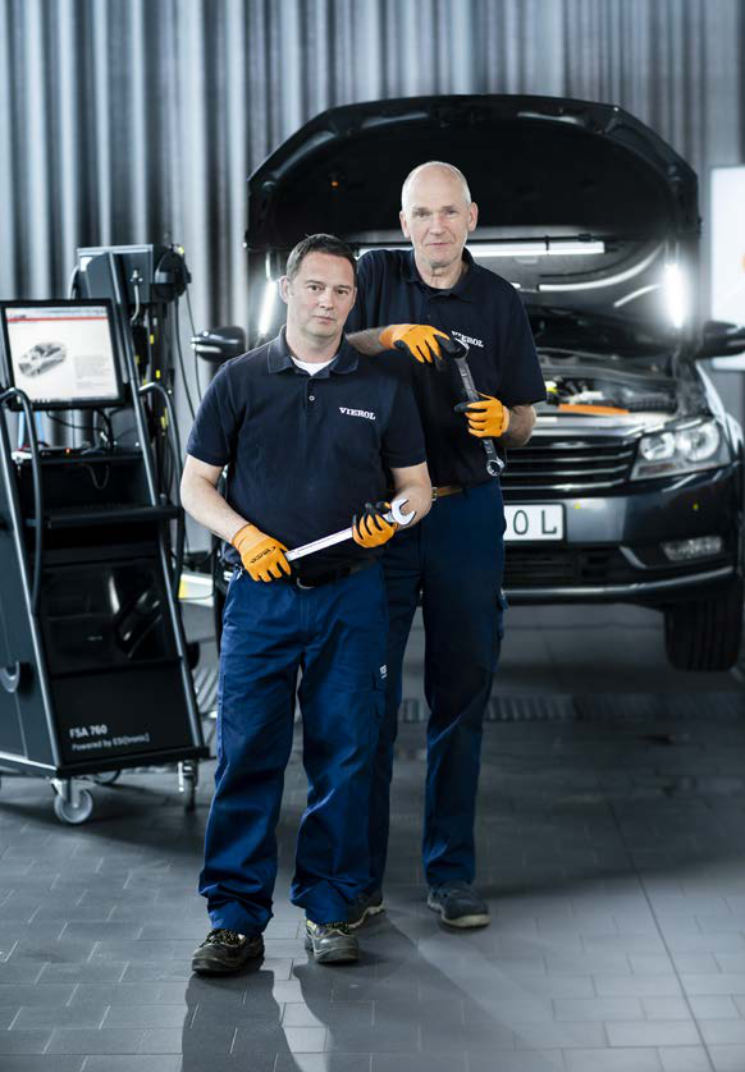Vacuum pumps for braking systems
Vacuum pumps are mainly used to support the brake force. They are necessary for vehicles with a mechanical brake booster which are standard nowadays. Learn more about the function and the VAICO range of vacuum pumps.
Vacuum pumps are mainly installed in vehicles which do not have sufficient pressure. Diesel engines are equipped with a vacuum pump as standard, since no or too little vacuum is generated in the intake manifold. In addition, vacuum pumps are increasingly used in gasoline engines (e. g. direct injection) if the vacuum in the intake manifold behind the throttle valve is not sufficient.
Vacuum pumps generate between 0.7 and 0.9 bar pressure and have to provide it sufficiently even in frequent braking maneuvers. Vacuum pumps are mainly offered as vane pumps. These are driven by timing belt, timing chain, gear wheels, or by a connection with the camshaft or crankshaft. In some vehicles, the vacuum is generated via a diaphragm pump.
Advantages:
- 100% line performance test
- housing seal from high quality polymers
- including needed sealing gaskets
 Symptoms
Symptoms
- Reduced brake efficiency
- Brake pedal is also “hard” when the engine is running
 Causes of failure
Causes of failure
- Pressure loss due to leaks in the pump housing
- Wear of plastic components inside
 Consequential damages
Consequential damages
- Traffic accident due to extended braking distance
| Vacuum Pump, brake system |

BMW F20, F21, F30, F10, F11, E84, F25, E89
| X-Ref: | 11 66 7 640 279 | V20-2916 |










